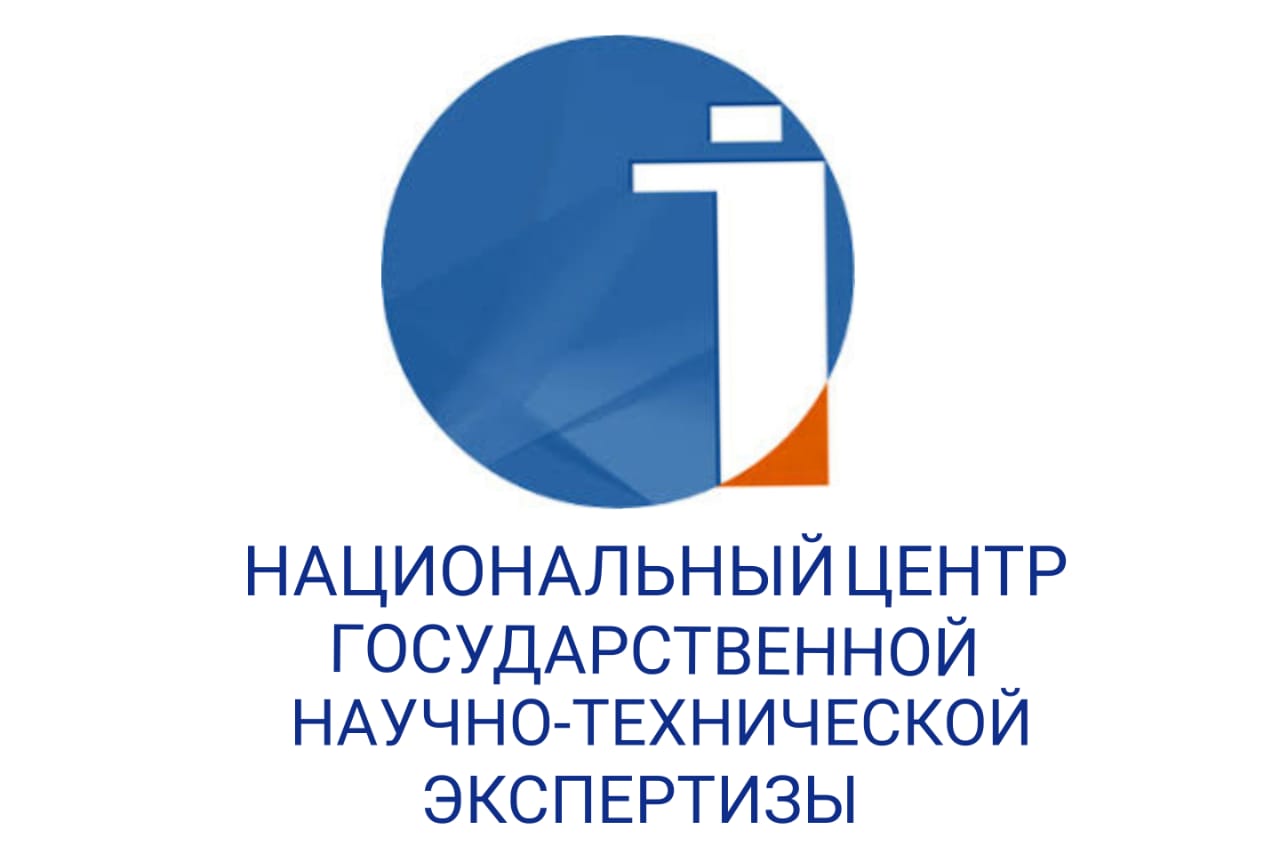LINGUO-COGNITIVE POTENTIAL OF COGNITIVE METAPHOR (based on onomastic material)
DOI:
https://doi.org/10.48371/PHILS.2023.69.2.012Keywords:
cognitive metaphor, onomastics, toponym, mythonym, ethnocultural information, metaphorical nomination, geographical terms, somatic metaphorsAbstract
The aim of the article is to determine the phenomenon of cognitive metaphor in the nomination of Kazakh onomastic names and its linguistic and cognitive potential, and that the cultural semantics of place names is a linguistic category with a high degree of representation. The content of the national toponyms concentrates the system of folk knowledge with a variety of ethno-cultural information. The article specifies the types and fundamental characteristics of cognitive metaphors, as well as the mechanisms of metaphorical nomination involved in toponymic formation. The ways of metaphor conceptualization in the process of toponymic formation in cognitive consciousness and their ethnocultural parameters are considered. The novelty of the study is predetermined by the fact that the high activity of linguocognitive potential of metaphorization of geographical names, formed from somatic terms and names of objects of material culture is revealed.
The conclusions that the coded implicit information in the semantics of mythonyms is axiologically rich and informs about the moral and ethical values and anti-values of the ethnic group, expand the theoretical basis of linguocognitology, cognitive onomastics and the national onomastic science. Specific examples show that peculiarities of cognitive metaphor conceptualization are determined by the special cognitive structures (frame, sub-frame, slot) in the process of creation of the imagery, which predetermines the value of the research topic and used research methods. It is concluded that the study of the features of metaphoric nomination is a promising direction in the study of onimic units in other branches of onomastics, which has a significant impact on the identification of encoded cultural information, folk knowledge, concentrated in their semantic core, the conceptual and associative field.
The study used conceptual component analysis, cognitive modelling methods. These methods make it possible to explain the conceptual semantics of onomastic names formed by metaphorization.
In practice, the results of the study can be used to determine the ethno-cultural semantics of onomastic units of the onomastic subcorpus of the National Corpus of the Kahachi language, in special courses on linguoculturalism and cognitive onomastics, as well as to develop cultural representational subcorpus.








